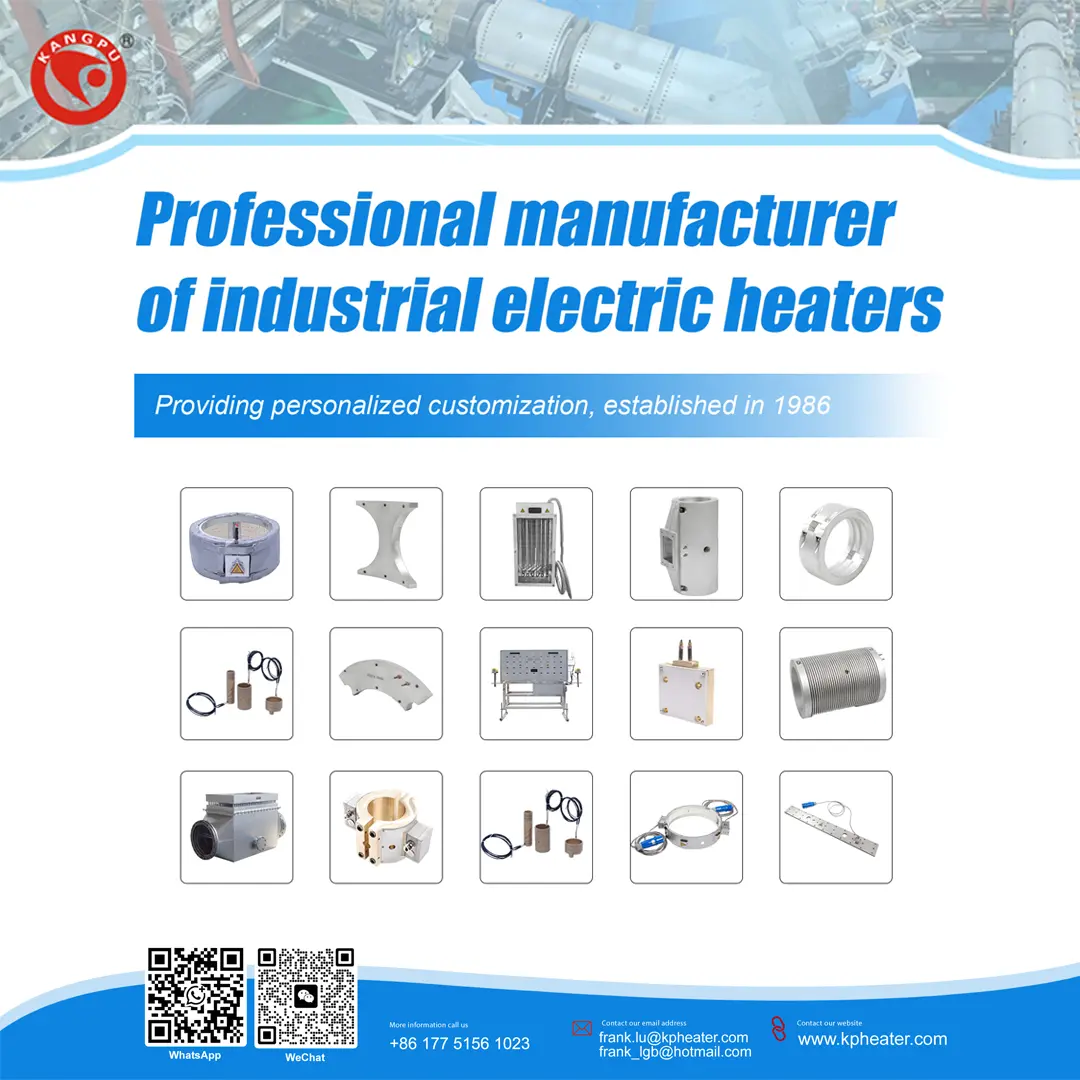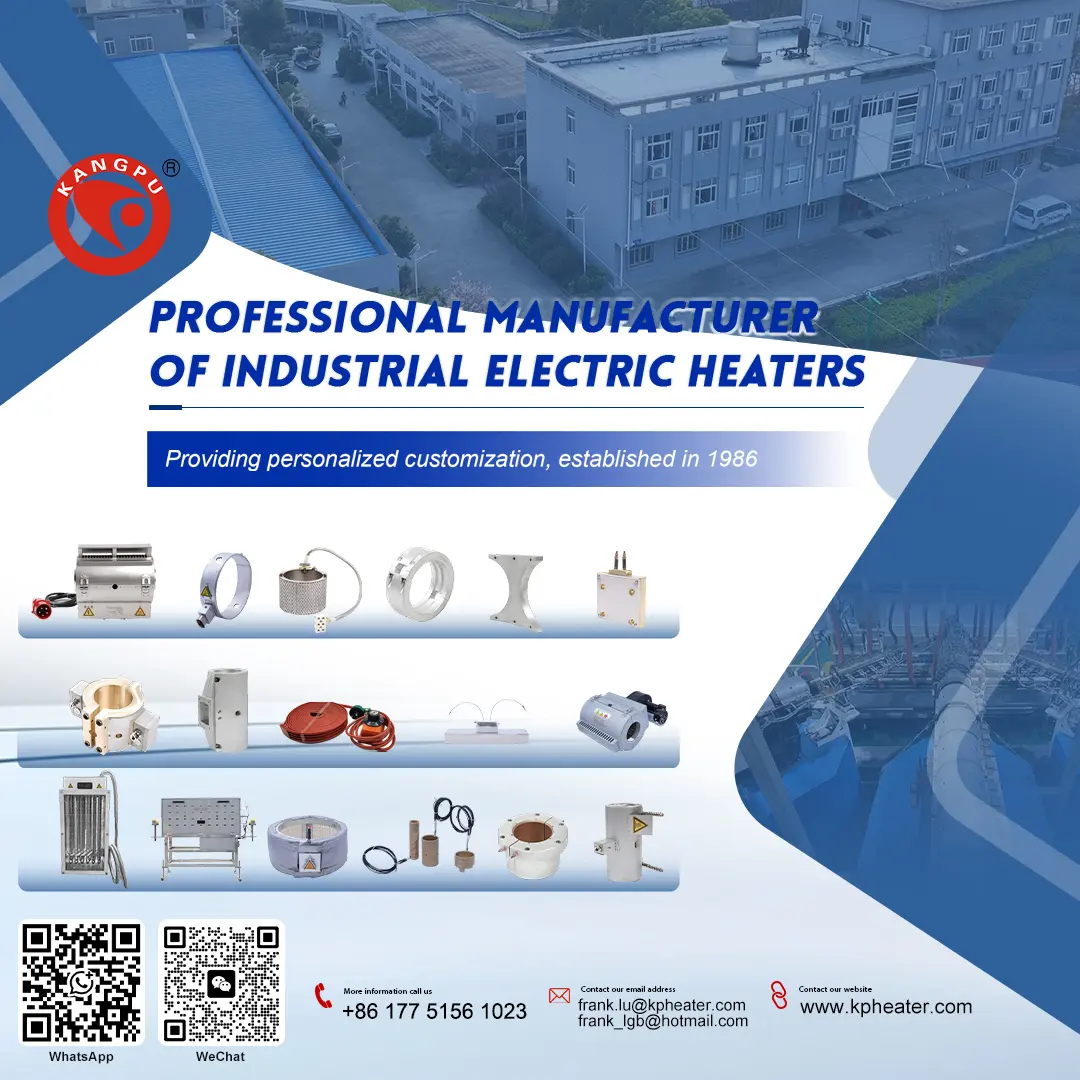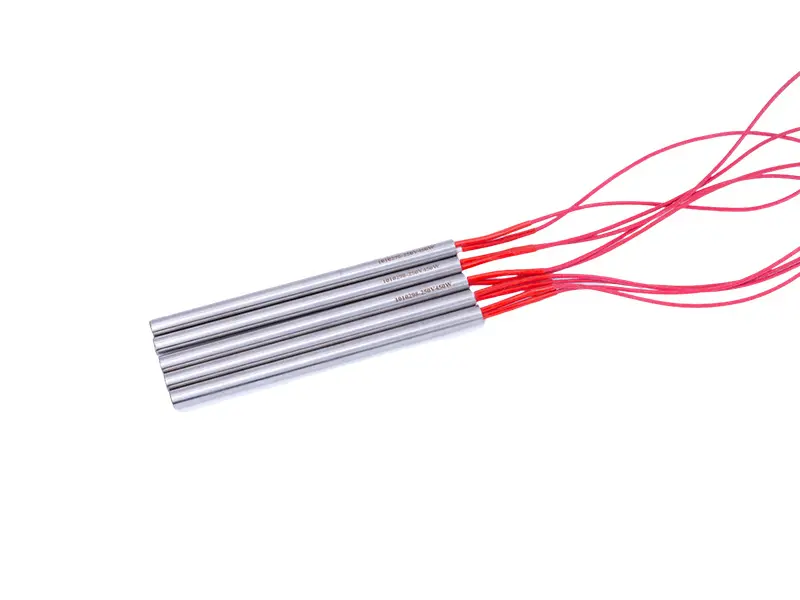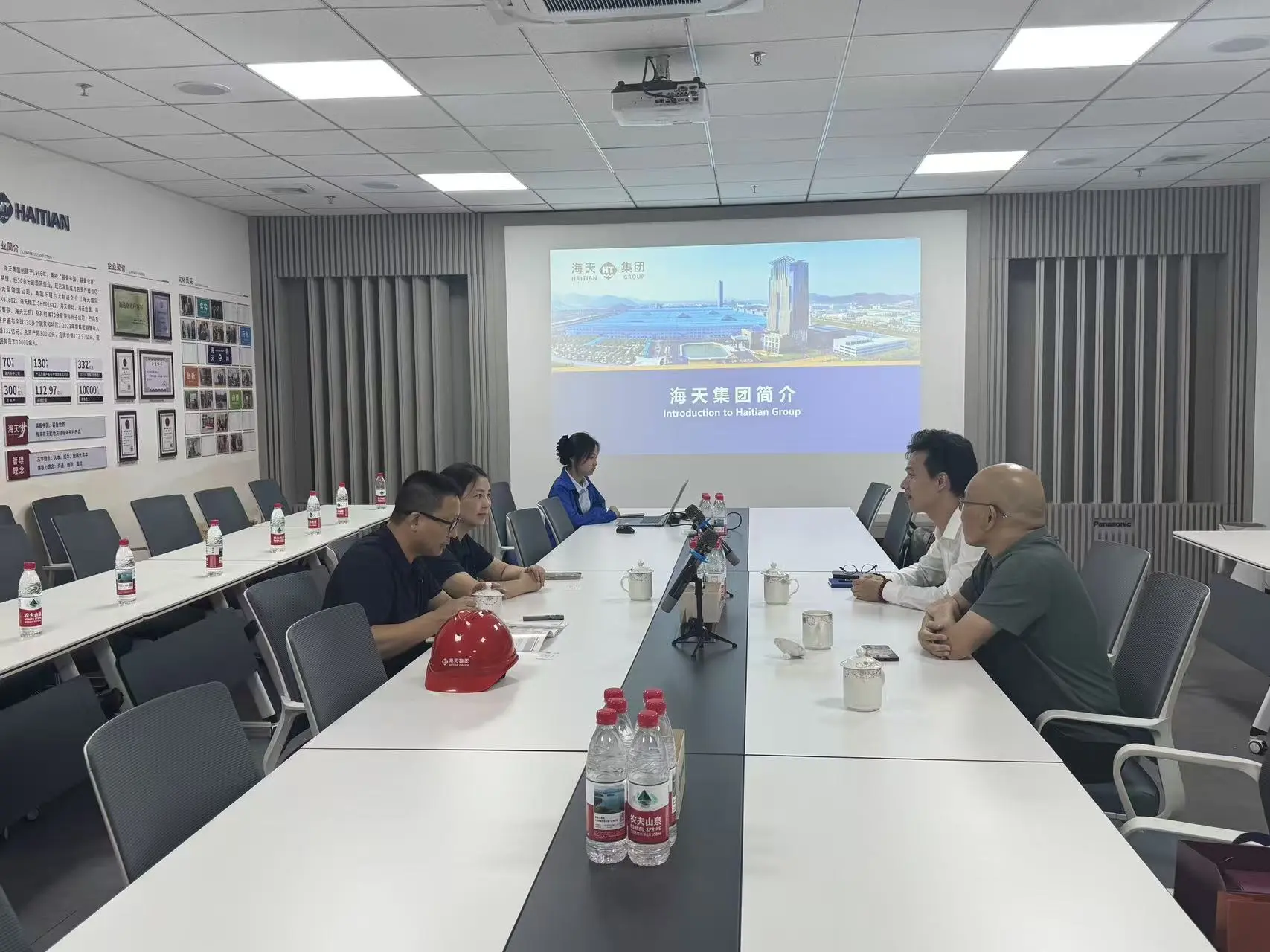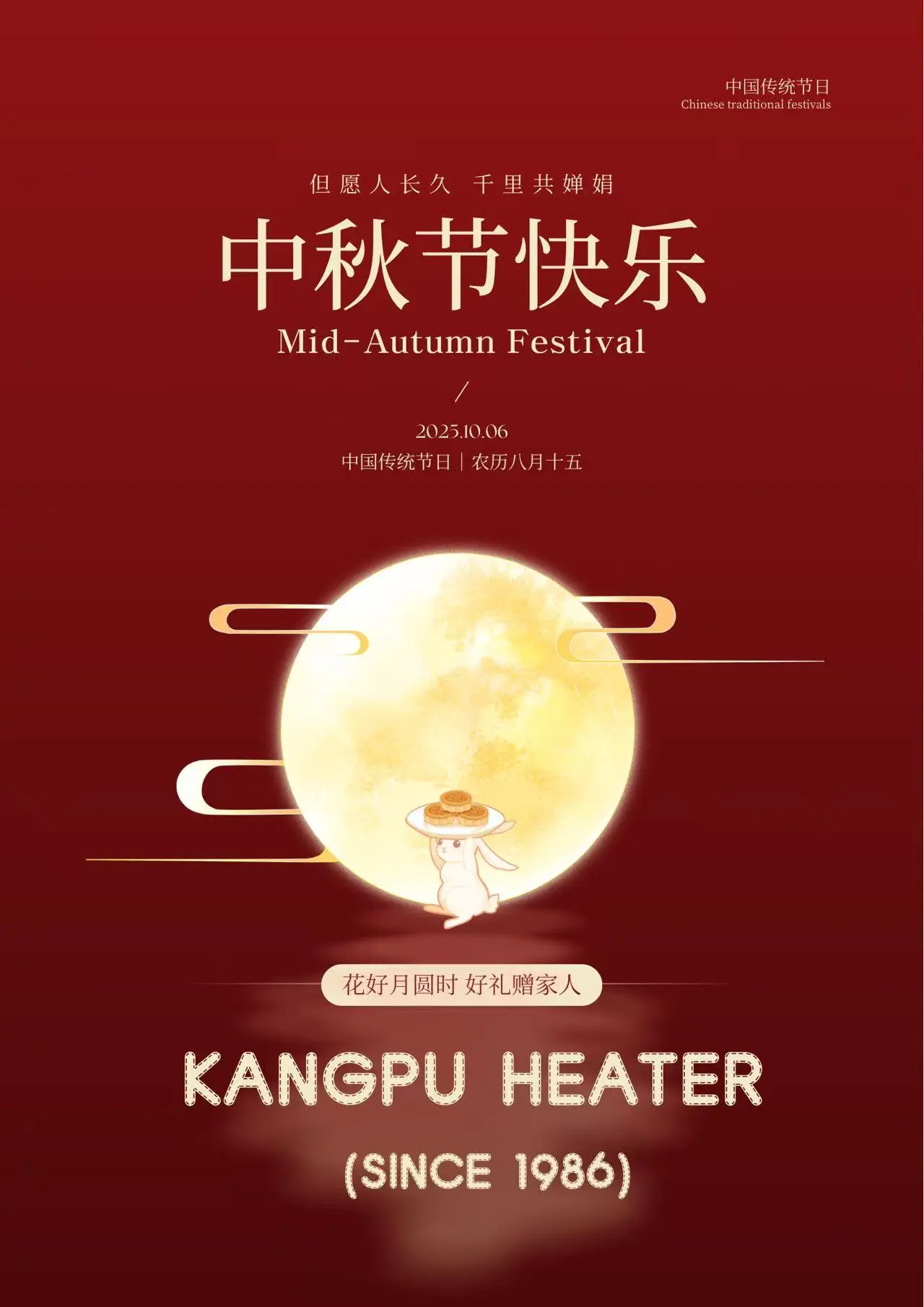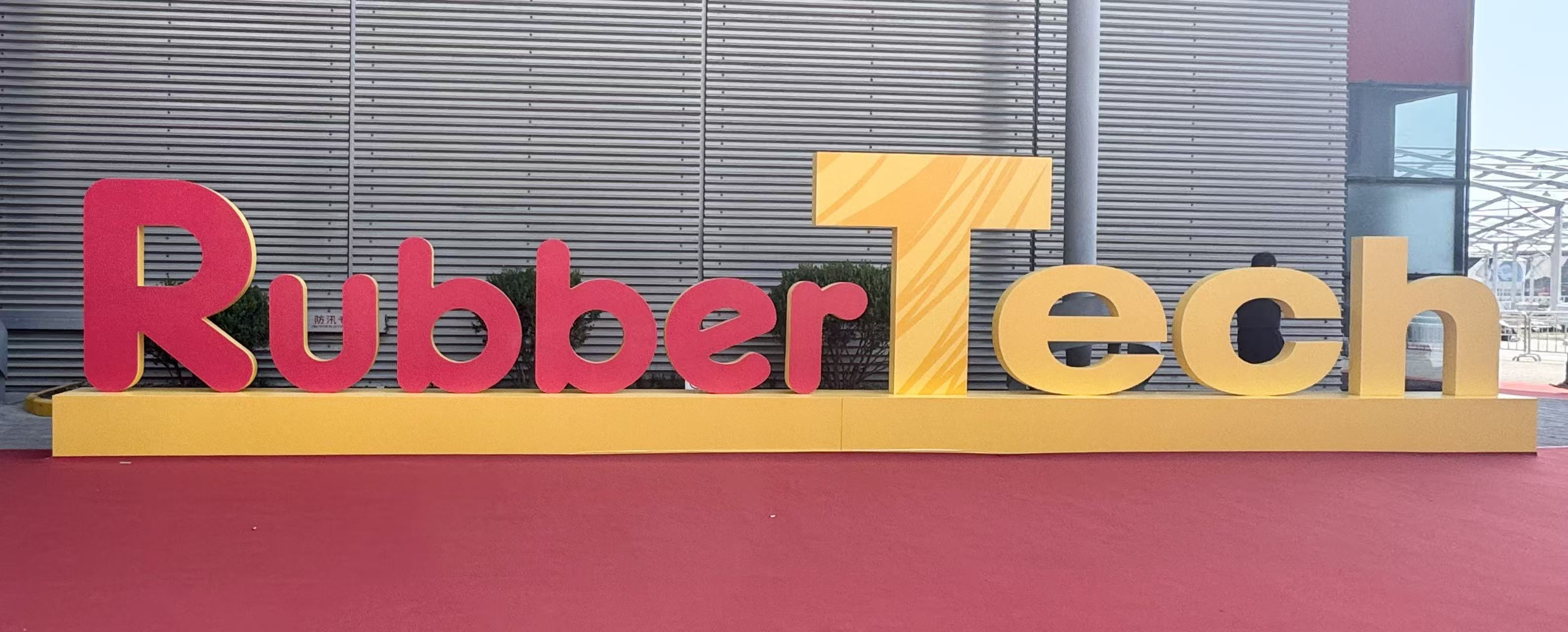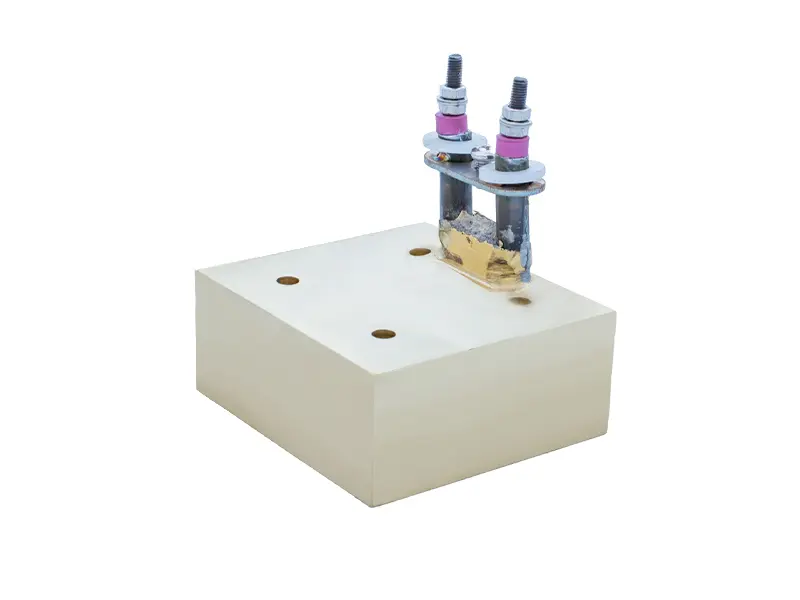Introduction to Cast Copper Heaters
The working principle of Cast Copper Heater
Similar to cast aluminum heaters, the core is based on "electricity-thermal conversion" and "heat transfer" : after the internal electric Heating Elements are powered on, electrical energy is converted into thermal energy according to the thermal effect of the current, and the heat is rapidly conducted through the closely bonded copper base. Because copper has better thermal conductivity than aluminum, heat can diffuse more efficiently on the surface of the heater and then heat the target object (such as metal workpieces, containers, etc.) through direct contact or thermal radiation.
The Features of Cast Copper Heaters
1. Superior thermal conductivity: The thermal conductivity of copper (approximately 401W/(m·K)) is much higher than that of aluminum (approximately 237W/(m·K)), enabling faster heat transfer and achieving more efficient heat conduction, thereby reducing heat loss.
2. Strong high-temperature resistance:The melting point of copper (1083℃) is higher than that of aluminum (660℃), so Cast Copper Heaters can adapt to higher working temperatures (usually the long-term service temperature can reach 500-600℃, and in some cases, it can be even higher), making them suitable for high-temperature heating scenarios.
3. Good mechanical strength and stability: Cast copper has a solid structure, strong resistance to deformation, and good chemical stability (especially in non-strong acid environments), resulting in a longer service life.
4. Relatively high cost:The raw material price of copper is higher than that of aluminum, and the casting process is slightly more difficult. Therefore, the overall cost is higher than that of Cast Aluminum Heaters.
5. Flexible customization: It can be cast into plate, cylinder, irregular and other structures according to requirements, and is suitable for different heating objects (such as large molds, high-temperature reaction vessels, etc.).
The application industries of Cast Copper Heaters
1. High-temperature industrial mold heating: such as die-casting molds (zinc and aluminum die-casting), high-temperature plastic molding molds, etc., it is necessary to maintain a relatively high and uniform temperature to ensure the quality of workpiece molding.
2. Heating of high-temperature chemical equipment: It is used for heating the side walls or bottoms of high-temperature reaction vessels and high-pressure storage tanks, suitable for material reactions that require a constant temperature or temperature increase above 150℃ (such as certain resin synthesis and oil processing).
3. Auxiliary heating for metal processing: In metal forging and heat treatment, it is used for preheating workpieces or local insulation to ensure stable temperature during the processing.
4. Heating of precision instruments: In some instruments that require a stable high-temperature environment (such as high-temperature drying ovens and precision constant temperature furnaces), it serves as a core heating component to provide uniform heat.
5. Auxiliary heating for ships/machinery: In low-temperature environments, it provides high-temperature preheating for the power systems of ships, oil channels, pipelines, etc. of large machinery, preventing fluid solidification.

